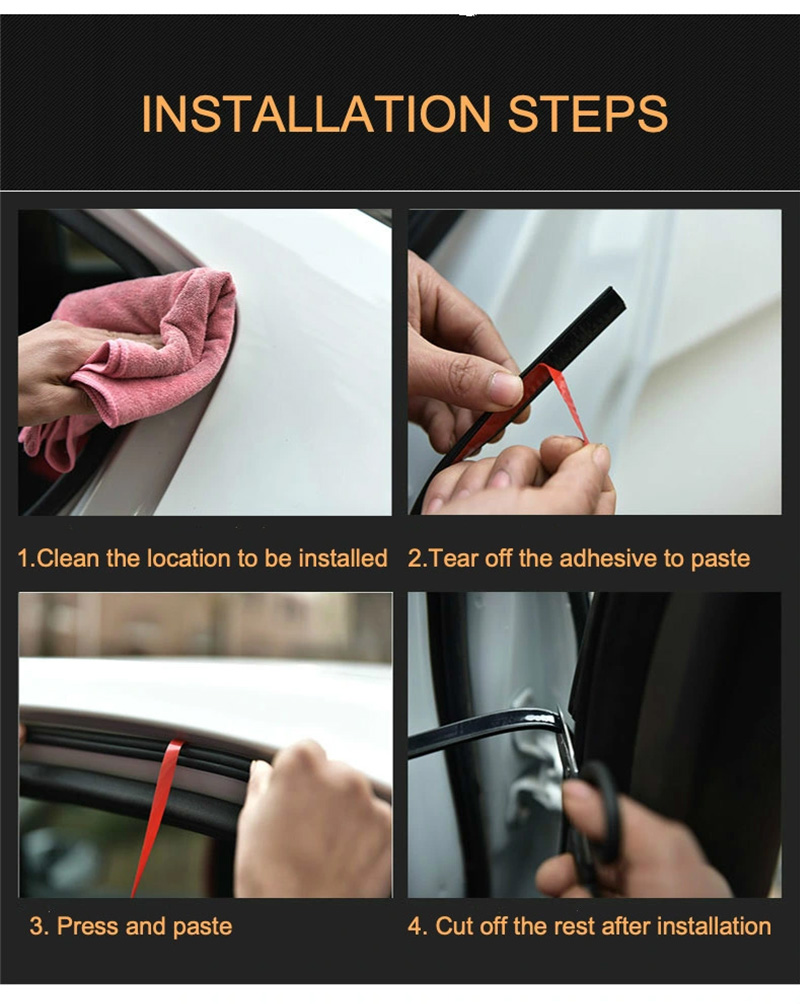Side Seal for Shower Doors to Prevent Leaks and Enhance Water Containment
Understanding Shower Door Side Seals Importance, Benefits, and Installation
When it comes to bathroom renovations or improvements, many homeowners often overlook the importance of shower door side seals. These seemingly minor components play a significant role in ensuring that a bathroom remains functional and aesthetically pleasing. In this article, we will explore the various aspects of shower door side seals, including their purpose, benefits, types, and installation processes.
What are Shower Door Side Seals?
Shower door side seals are strips of material, typically made from rubber, silicone, or vinyl, that are attached to the sides of shower doors. Their primary function is to create a watertight seal when the door is closed, preventing water from escaping the shower enclosure and causing damage to the bathroom floor or walls. This simple yet effective design helps to maintain a dry and safe bathroom environment.
Why are Shower Door Side Seals Important?
1. Prevent Water Leakage The most critical function of shower door side seals is to prevent water from leaking outside the shower enclosure. A well-fitted seal ensures that water remains contained within the designated area, reducing the risk of mold and mildew growth caused by excessive moisture.
2. Enhance Energy Efficiency In homes with steam showers, side seals help to maintain the temperature within the shower enclosure. This not only improves the comfort of the shower experience but also contributes to energy savings by reducing the need to reheat water.
3. Maintain Bathroom Hygiene By effectively containing water, shower door side seals help maintain a cleaner bathroom environment. Less water on the floor means a reduced risk of slips and falls, and it minimizes the growth of bacteria and germs that thrive in damp conditions.
4. Cost-Effective Solution Investing in good-quality shower door side seals can save homeowners money in the long run. By preventing water damage and reducing maintenance needs, these seals can help avoid costly repairs to flooring, subflooring, and walls.
Types of Shower Door Side Seals
Several types of shower door side seals are available, each designed to cater to different needs and preferences
1. Magnetic Seals These seals feature magnets embedded within the material, which provides a strong closure when the shower door is shut. They are typically used for glass doors and offer a sleek appearance.
shower door side seal

2. Vinyl Seals Vinyl is a popular choice for shower door seals due to its flexibility and durability. Vinyl seals can be easily cut to size and are available in various designs to suit different aesthetic preferences.
3. Rubber Seals Rubber seals are often more durable than vinyl and can withstand extreme temperatures and wear. They are ideal for high-traffic shower areas.
4. Silicone Seals Silicone is excellent for providing a flexible and waterproof seal. Silicone seals are resistant to mold and mildew, making them a hygienic choice for bathrooms.
Installation of Shower Door Side Seals
Installing shower door side seals is a straightforward process that can typically be completed by homeowners without the need for professional assistance. Here are the steps to follow for a successful installation
1. Measure the Door Begin by measuring the height of the shower door to determine the length of the seal you will need. It's essential to ensure an accurate measurement for a perfect fit.
2. Choose the Right Seal Based on your door type and personal preferences, select the appropriate side seal material (magnetic, vinyl, rubber, or silicone). Ensure that the seal is compatible with your shower door.
3. Prepare the Surface Clean the edge of the shower door where the seal will be applied. Use a mild cleaner to remove any soap scum or grime to ensure proper adhesion.
4. Apply the Seal If the seal has an adhesive backing, peel off the protective layer and firmly press it against the edge of the shower door. For non-adhesive seals, you may need to use a sealant to hold it in place.
5. Check for Gaps Once installed, close the shower door to check for any gaps. If necessary, adjust the seal to ensure a snug fit.
Conclusion
Shower door side seals may be small in size, but their impact on the functionality and safety of a bathroom is significant. By understanding their purpose, exploring the different types available, and following the installation process, homeowners can enhance their shower experience while protecting their investment in home improvements. Whether considering a bathroom renovation or simply looking to maintain an existing shower door, proper attention to the side seals can make all the difference.
Share
-
The Ultimate Guide to Square Files for Precision WorkNewsJun.26,2025
-
The Power of Flat FilesNewsJun.26,2025
-
Revolutionize Your Craft with High-Performance Rotary FilesNewsJun.26,2025
-
Precision and Durability with Diamond-Coated Needle FilesNewsJun.26,2025
-
Essential Tools for Precision Work: Round Metal Files and MoreNewsJun.26,2025
-
Essential Tools for Precision Sharpening: Triangular FilesNewsJun.26,2025







